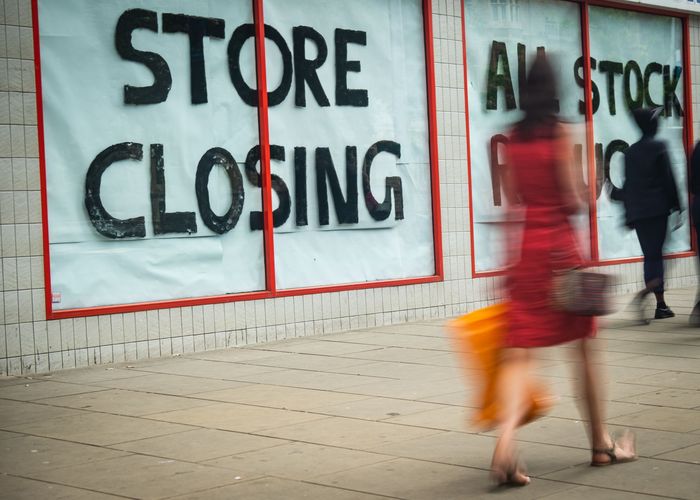The fact that more and more people are shopping online is reducing the share of sales generated by bricks-and-mortar retail stores, some of which are even having to close. For example, the estimated store closure rate is currently 4.3% in Germany and predicted to reach 5% for the United States in the next years. Such a development can turn shopping areas and malls into ghost towns and wastelands. Future predictions are equally grim for physical retailing: reports estimate the closure of one-quarter of all U.S. malls by 2026. Digital competition is widely considered a major source of this development, as online shopping has enjoyed major sales increases during the decline of physical retailing. As a large number of physical retail stores close their doors across the globe, the impact ripples through businesses, urban areas, and communities.
On this important topic, a new study by the Marketing professors Kupfer, Marchand, and Hennig-Thurau has been published in the Journal of Retailing. The authors investigate this phenomenon by relating a comprehensive set of factors to actual store closures and research what brick-and-mortar retailers can do to counter this trend.
The authors test these factors empirically using more than 2,500 retail stores in Germany over a period of 4.5 years. The right assortment, an accessible location, and a pleasant store atmosphere are among those factors that are significantly associated with a decreased probability of store closure. Sample split analyses highlight differences between stores that offer apparel versus media products, are smaller versus larger, and are located inside versus outside city centers.
The study is available here for free.
